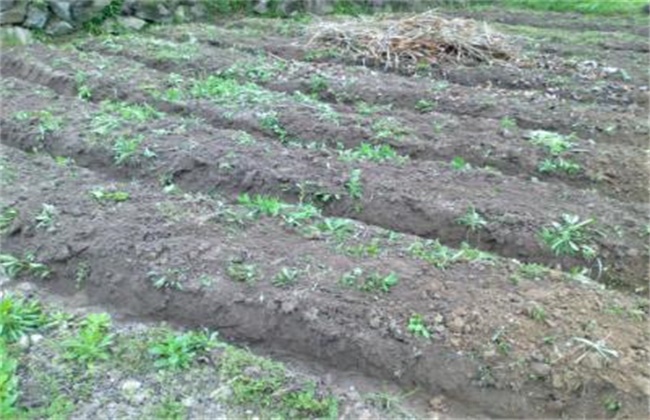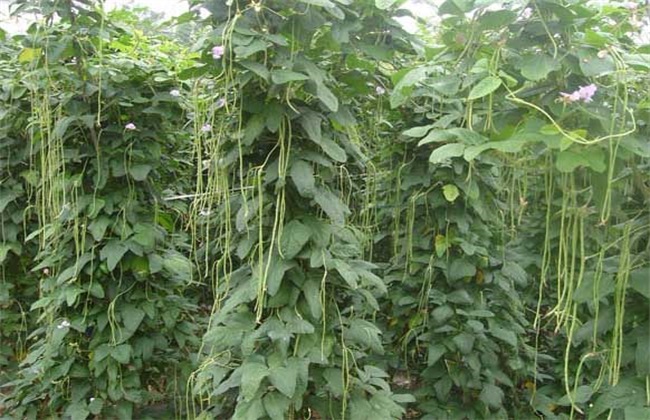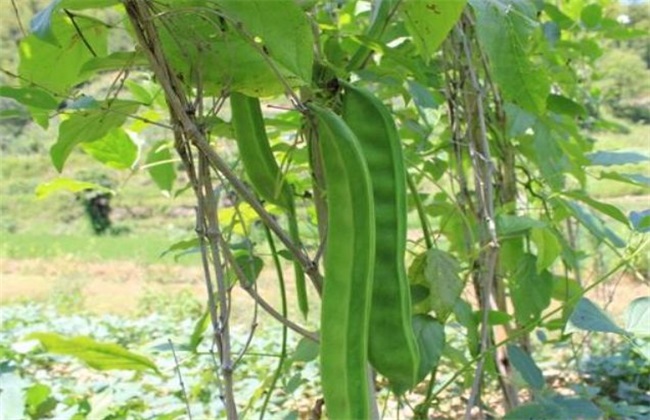Seedling raising technique of kidney bean
Green beans are common vegetables in our daily life, which are planted all over the country, and friends who have planted them should know that raising seedlings is very important if they want to have high yield and high quality. So how to raise green beans? Let's get to know each other with the editor.

1. Seedling soil
The regeneration ability of kidney bean is weak, so generally use nutrition bowl to raise seedlings, which can improve the transplanting survival rate and reduce the degree of root damage to a certain extent. For the nutritious soil used for raising seedlings, the soil with high content of organic matter should be selected, the application amount of available nitrogen fertilizer should be strictly controlled, and the fertile field soil should be used instead of vegetable garden soil, so as to avoid the harm of diseases and insect pests in the soil. the organic fertilizer of nutritious soil should be fully mature to eliminate germs and insect eggs in the soil. Can also use the quality of bio-organic fertilizer to raise seedlings, the proportion of soil and fertilizer can be half, no need to add other fertilizers.
2. Sowing seeds
If the seedlings are raised in a nutrition bowl, they should choose to sow in the morning on a sunny day, irrigate once before sowing, and sow on demand after the water seeps. Generally, sow 2-4 seeds in each nutrition bowl, cover soil 2-3 cm after sowing, and then move the seedling tray to the greenhouse or plastic greenhouse to keep the seedlings warm. If the temperature is low, cover the grass to keep warm at night, generally sowing 2-4 kg per mu.
3. Temperature management
Before sowing, kidney beans should keep the temperature between 25 and 35 degrees, and not lower than 15 degrees at night. After the seedlings are unearthed, the temperature can be lowered appropriately during the day, keeping the temperature at 20-25 degrees. After 20-30 days, the seedlings can be transplanted and planted with 3-4 true leaves. 3-5 days before planting, the temperature can be reduced to about 15 degrees during the day and kept above 10 degrees at night. Seedling exercise can be carried out to improve the adaptability of seedlings and ensure the survival rate of transplanting.
4. Water management
During the green bean seedling period, if the soil is not particularly dry, you can choose not to water it. If the climate is dry, you can spray a small amount of water, or sprinkle fine fluvo-aquic soil between plants to preserve moisture. Do not flood irrigation when watering, lest the water temperature is too low to reduce the ground temperature, resulting in seedling root disease, which is not conducive to its growth and development.
The above is the introduction of kidney bean seedling technology, hope to help you, want to know more related knowledge, please follow us.
Related
- Where is it suitable to grow horseradish in China? it is expected to see the middle altitude horseradish in Alishan.
- How to prevent tomato virus disease reasonably? (Control methods included)
- Many people like to plant towel gourd on the balcony. What are the main points of this method and management?
- What crops can chili peppers be mixed with?
- Fertilization techniques and matters needing attention in Tomato
- What are the grafting techniques for peach seedlings in spring?
- Harm and control methods of root swelling disease of Chinese cabbage
- What are the pests of sweet potatoes? How to prevent and cure it?
- Symptoms, causes and Control methods of navel Rot in Tomato
- The cause of "Cucumber rotten bibcock" in Farmers' planting Cucumber and its Control Plan



